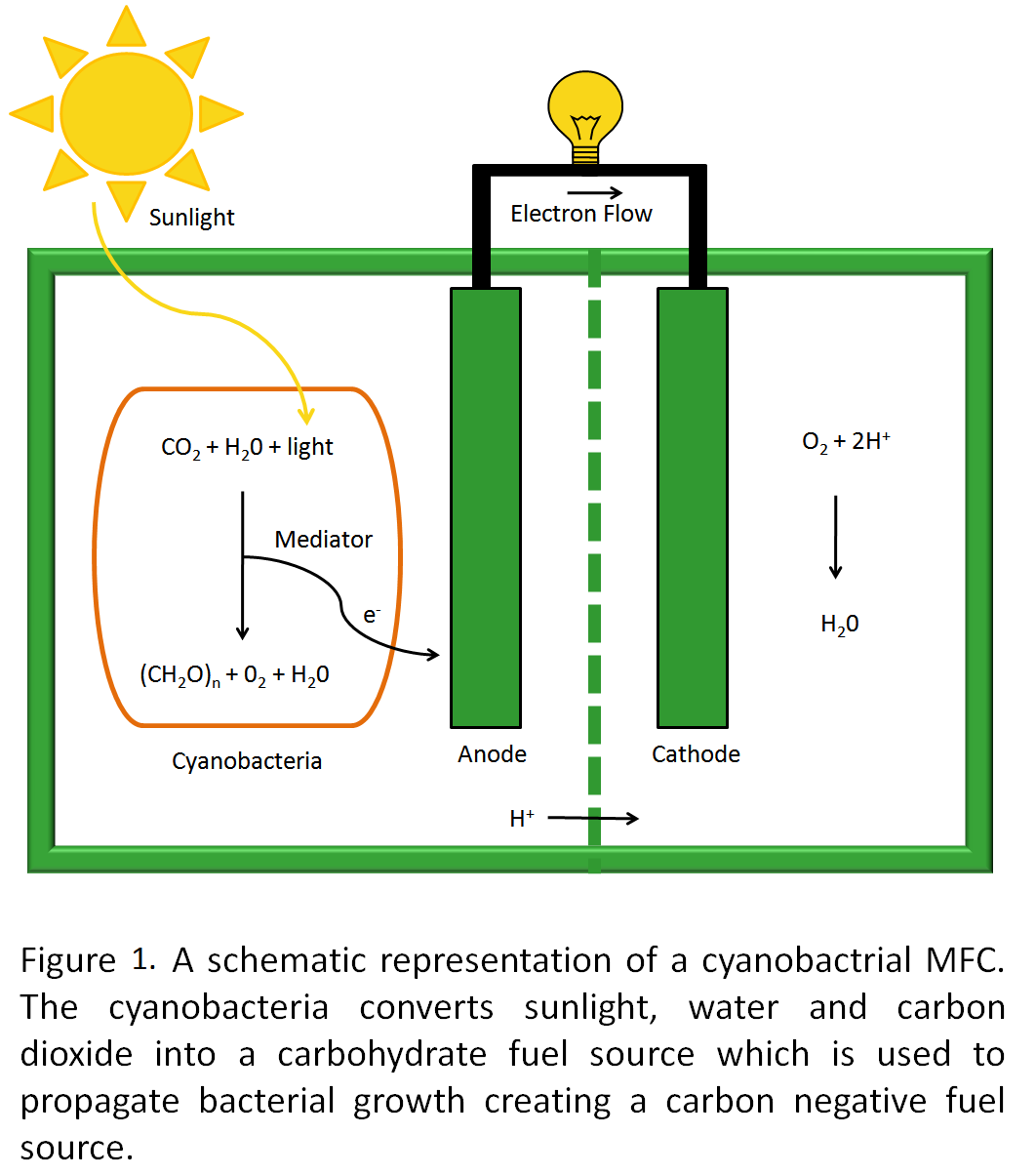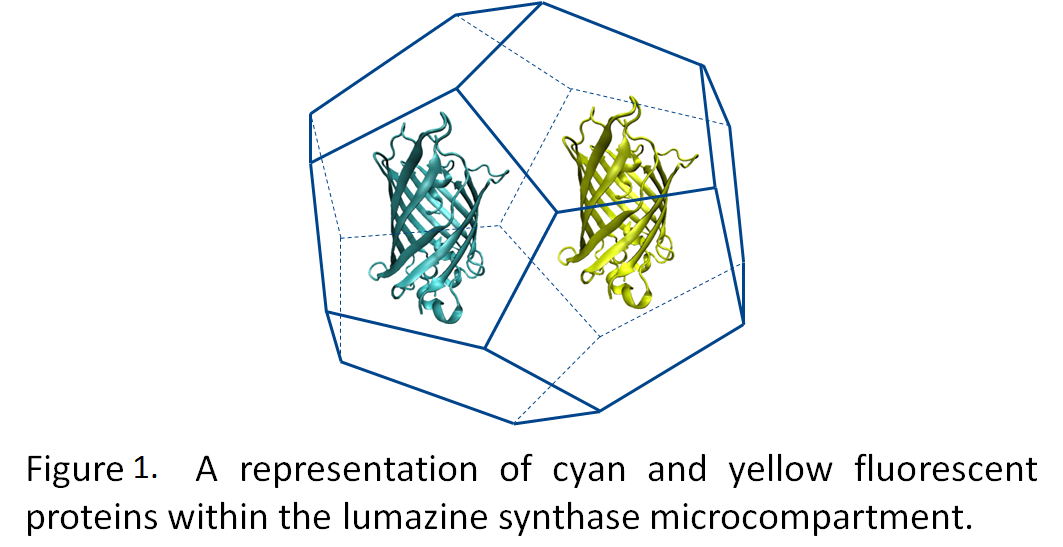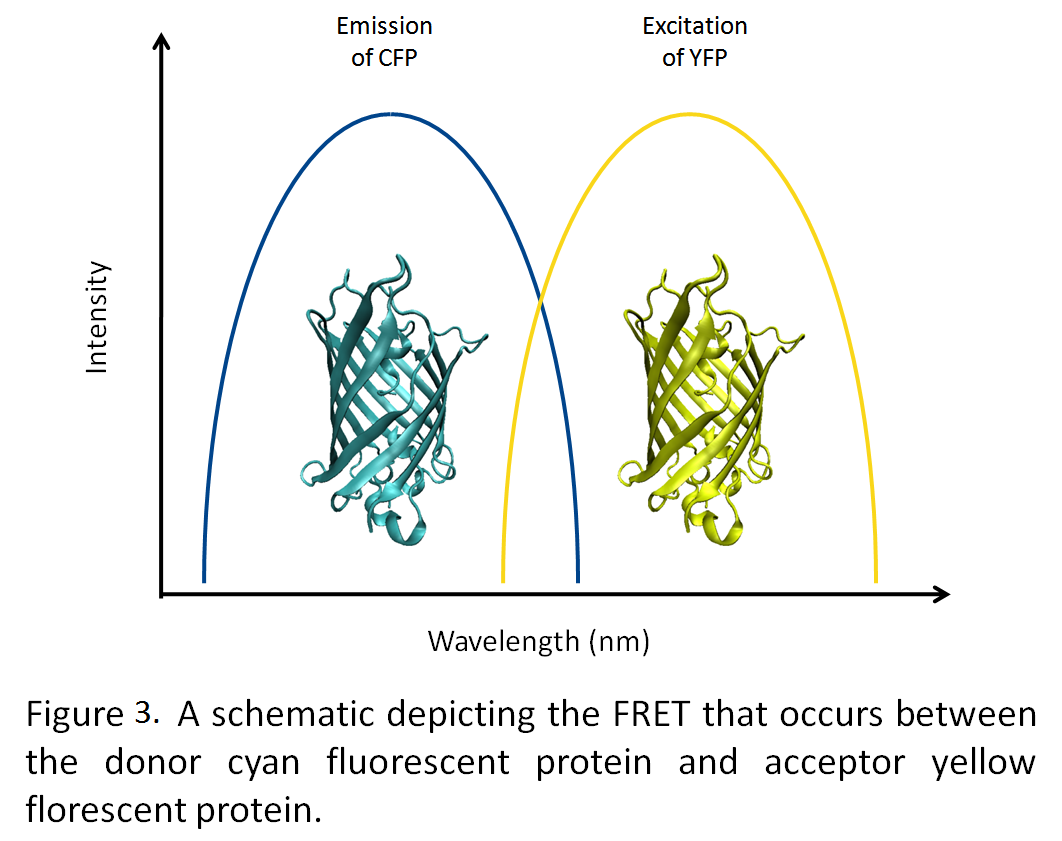Team:Lethbridge/Project
From 2009.igem.org
(→Project Details) |
(→Project Details) |
||
| Line 297: | Line 297: | ||
1) The compartmentalization of cellular photosystems: | 1) The compartmentalization of cellular photosystems: | ||
| - | + | [[Image:YFP_CFP_Lumazine.png|right|275px]] | |
| - | The lumazine synthase protein of ''A. aeolicus'' (ribH gene) has been shown to produce 60 subunit icosahedral capsids. Towards this end, Seebeck and colleagues were able to engineer an electronegative surface in the pore of the assembled capsid [Seebeck et al. (2006) J. Am. Eng. Soc.]. By attaching a positively charged tail onto the terminus of a fluorescent protein, the protein was targeted into the capsid, and its fluorescence was observed. We will attach arginine tags (10X Arg tags) to the termini of proteins to be targeted, as well as a synthesized biobrick encompassing the ribH gene. | + | The lumazine synthase protein of ''A. aeolicus'' (ribH gene) has been shown to produce 60 subunit icosahedral capsids. Towards this end, Seebeck and colleagues were able to engineer an electronegative surface in the pore of the assembled capsid [Seebeck et al. (2006) J. Am. Eng. Soc.]. By attaching a positively charged tail onto the terminus of a fluorescent protein, the protein was targeted into the capsid, and its fluorescence was observed. We will attach arginine tags (10X Arg tags) to the termini of proteins to be targeted, as well as a synthesized biobrick encompassing the ribH gene. We intend to demonstrate co-localization of two fluorescent proteins (cyan fluorescent protein (CFP) and yellow fluorescent protein (YFP)) to the interior of the capsid using fluorescent resonance energy transfer (FRET). This will be used as a proof of principle system prior to introduction of proteins to increase the efficiency of the BioBattery. |
[[Image:YFP_CFP_fret.png|right|275px]] | [[Image:YFP_CFP_fret.png|right|275px]] | ||
Revision as of 20:57, 19 October 2009
- Home
- Team
- Project
- Ethics
- Notebook
- Meetings
- Modeling
- Parts
- Collaboration
- Judging
- Extra Information on SynBio
Project Details
The project will focus on the creation of an efficient and cost effective biological battery, the BioBattery. The BioBattery will be created with the use of cyanobacterium, Spirulina maxima, a photosynthetic blue-green algae, which has been shown to produce an electrical current. S. maxima has been shown to generate up to 800 mV of electricity per cm^2, and although this does essentially provide enough energy to charge a battery, it may simply not be enough to sustain the battery once it is being used. Therefore, we must optimize its electrical output and create the BioBattery.To optimize the BioBattery, we will be utilizing the microcompartment found and characterized from Aquifex aeolicus. This protein will be optimized for the targeting of desired materials into the compartment. The generation of such a microcompartment would act to revolutionize the synthetic biology approach, allowing for easier cloning strategies, bringing enzymes from various organisms which might not normally work in conjunction into close proximity, minimizing side reactions and allowing for the formation of efficient novel metabolic pathways. There are sub-projects which will be completed on the way to the final goal of the production of the BioBattery which are outlined as:
1) The compartmentalization of cellular photosystems:
The lumazine synthase protein of A. aeolicus (ribH gene) has been shown to produce 60 subunit icosahedral capsids. Towards this end, Seebeck and colleagues were able to engineer an electronegative surface in the pore of the assembled capsid [Seebeck et al. (2006) J. Am. Eng. Soc.]. By attaching a positively charged tail onto the terminus of a fluorescent protein, the protein was targeted into the capsid, and its fluorescence was observed. We will attach arginine tags (10X Arg tags) to the termini of proteins to be targeted, as well as a synthesized biobrick encompassing the ribH gene. We intend to demonstrate co-localization of two fluorescent proteins (cyan fluorescent protein (CFP) and yellow fluorescent protein (YFP)) to the interior of the capsid using fluorescent resonance energy transfer (FRET). This will be used as a proof of principle system prior to introduction of proteins to increase the efficiency of the BioBattery.
2) Novel electron facilitators
Upon successful targeting, it is feasible that the incorporation of a novel electron shuttling protein into the engineered microcompartment would increase the current generated by facilitating electron movement to the electrodes of the microbial fuel cell. Indeed, many MFCs use mediators to increase their efficiency; however, these substances tend to be expensive. Towards this end, we have identified the gene encoding for naphthalene dioxygenase, ndoB. This protein is involved in the formation of humic acid, a common electron mediator, in soil bacteria such as Pseudomonas aeruginosa.
3) Production of nanoparticles
Many applications which require the use of nanoparticles, such as medical and diagnostic sciences, require that the particles adopt uniform structures and sizes. Current methods used to produce these nanoparticles are cost intensive and require extreme conditions and harsh organic solvents [Amemiya et al. (2007) Biomaterials]. However, bacterial strains have been found that produce these nanoparticles with specific sizes and distinct morphologies. The proteins involved in the process the nanoparticle production are being characterized to create a better understanding of the process. A protein of particular interest to us is mms6, produced by Magnetopirillum magneticum, has been found to be key in controlling the morphology of the particles. This protein shall be introduced into E. coli with the intention introducing a novel method for the mass production uniform nanoparticles which is efficient and cost effective.
The Experiments
Results
 "
"



